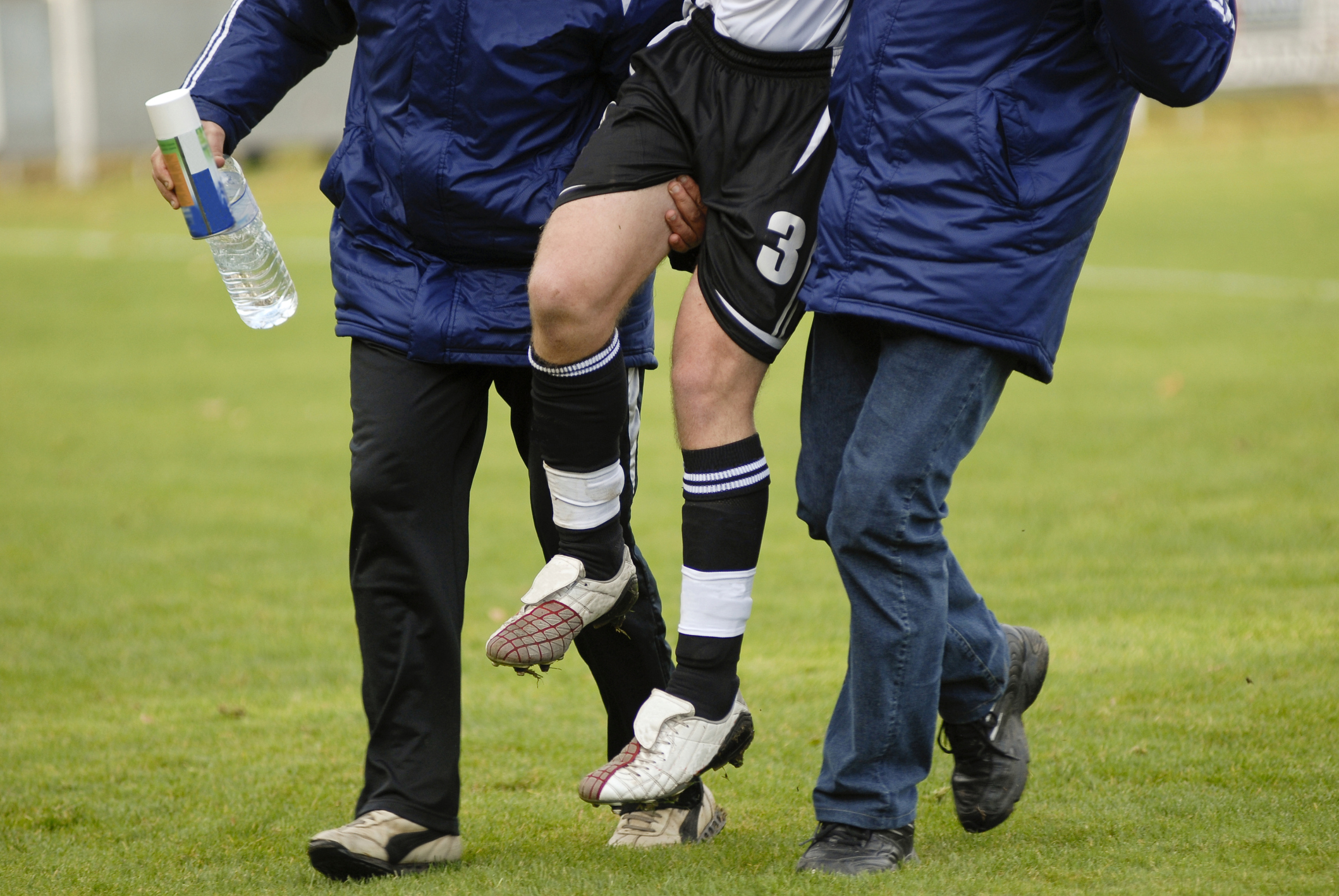Two Of The Most Common Footballing Injuries And How They Can Be Treated
Sustaining an injury is a footballer’s worst nightmare and any spell on the sidelines can be a very frustrating ordeal. With the physical expectations that are now heaped onto the modern player, injuries are commonplace so the rehabilitation of any injury is vital to make sure you can get back on the field as soon as possible.
The Hamstring
Unsurprisingly the most common football injuries occur in the legs, with the hamstring strain being the most frequent. Acute or sudden hamstring strains usually happen in two ways, either sprinting related or stretch relate. And with both of these regularly featuring in the game, it is easy to see why they happen so often.
Symptoms of a hamstring strain include a sudden sharp pain at the back of the thigh and the seriousness of the strain is graded from 1 to 3. A grade 1 injury may only be a slight twinge, whilst a grade 3 can result in the player being unable walk with swelling and bruising developing soon after.
Treating Hamstring Strains
To eliminate any long lasting damage it is vital to start treatment for a hamstring strain injury straight away following principles of PRICE (protection, rest, ice, compression and elevation). Cold therapy and compression should be applied immediately for 10-15 minutes and repeat this every hour for the first day. After this, every 2-3 hours is usually sufficient. A compression bandage can be worn to minimize bleeding in the muscle and help control swelling. Rest as much as possible with the leg elevated to help.
Ligament Damage
The most feared and probably most serious injury to a footballer is the injury to the Anterior Cruciate Ligament (ACL). This type of injury can result in a long period of recovery, with some taking up to a year to fully heal. Famous players including Roy Keane and Paul Gascoigne have both suffered from this injury.
Early symptoms include a “popping” sound at the time of injury and the knee will swell within 6 hours. The injury generally occurs in football when a player is hit very hard in the knee from a tackle, quick stops and changes in direction while running, landing from a jump or turning.
The injury will almost certainly require an operation, which involves borrowing part of another tendon to re-make the cruciate ligament, which will leave the knee stiff and sore for a number of weeks. The key to recovery from an ACL injury is building the leg muscles back up. Both the quadriceps and hamstring will weaken after the operation, so your physiotherapist will help you get these muscles back to full strength. You should be able to start jogging again after 3 to 6 months and as your strength return you can gradually begin sprinting and turning again.
The ACL injury is not just about the physical injury, it can also have a huge effect on a footballer mentally, with such a long spell away from the game. It is common for players to feel depressed and fearful of a reoccurrence of the injury. So, make sure that psychological support is also part of the rehabilitation to come to terms with the injury.

